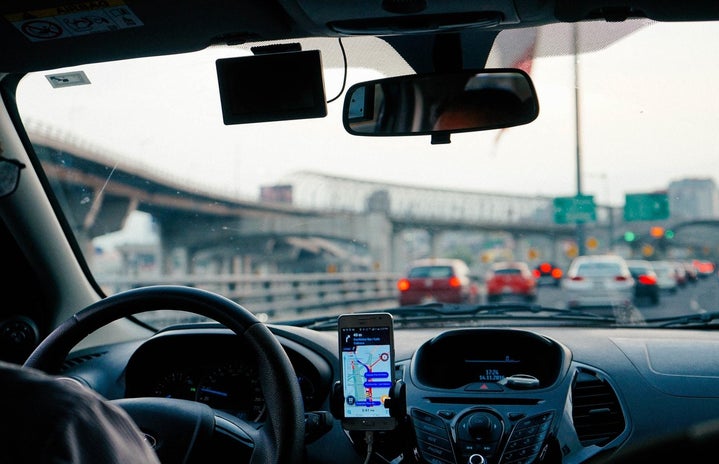In late May of 2021, a six-year-old boy was shot and killed during a road rage incident on a Southern California freeway. Aiden Leos was the victim—a kindergartner whose mother was driving him to school the morning of the shooting. The suspect shot a bullet through the trunk of the car as Aiden’s mother was merging away from the diver, according to remarks during the following press conference.
While incidents like Aiden’s are relatively rare, they underscore the prevalence of aggressive driving in the United States. The AAA Foundation for Traffic Safety’s 2019 Report announced that almost 80 percent of drivers surveyed had “expressed significant anger, aggression or road rage behind the wheel at least once in the previous 30 days.” Examples of aggressive driving include speeding in heavy traffic, running red lights, tailgating, and cutting in front of a driver then slowing down, according to the AAA. The report also revealed that 106 million drivers had driven 15 mph over the speed limit on a freeway, accounting for almost half of all drivers surveyed.
Road Rage and Firearm Purchases
Road rage takes aggressive driving one step further: cursing and making obscene gestures, throwing objects, forcing a driver off the road, and ramming into another driver are acts that fall into this category. Unfortunately, the onset of the pandemic worsened reports of road rage shootings. Using data compiled by the Gun Violence Archive, Everytown For Gun Safety it was reported that “roughly one-third of road rage incidents involving a gun resulted in injury or death” from 2016 to 2019, while “half of these incidents did” between 2020 and 2021.
Everytown For Gun Safety released another report covering the “unprecedented levels” of the online market for untraceable ghost guns during the pandemic. The organization noted that dozens of the websites they investigated warned customers about delays and shortages in inventory, highlighting the rise in demand and concerns of firearm purchasing rates.
What Causes Aggressive Driving?
While aggressive driving may often be associated with impatience, the roots of aggressive driving reach deeper. The National Highway Traffic Safety Administration (NHTSA) implemented two programs to assess the incidence of aggressive driving by examining the contributing factors to such behavior. The NHTSA’s most common causes included traffic delays, the concept of anonymity, disregard for the law, habitual or clinical behavior, disregard for others, and running late.
Psychologists consider how environmental factors, such as traffic congestion, intersect with psychological factors, like significant life stress. The American Psychological Association notes that drivers with displaced anger are more likely to express disbelief about the behavior of other drivers, engage in hostile thinking, and take more road risks. The APA adds that individuals who experience road rage have a higher change of alcohol and drug misuse as well.
Road Rage Online:
The hashtag #roadrage on TikTok has three billion accumulated views, making the topic a source of discussion on the platform. Millions of videos range from dash cams recording acts of violence to drivers getting out of their car and approaching the videographers. Some videos ask viewers to find the perpetrator online; others urge viewers to be mindful on the road. One content creator posted a video addressing how she reminds herself to not instigate road rage because “people are crazy nowadays and can shoot you.” The video has reached over 350 thousand likes, with commenters relating to the nature of the topic and expressing the lengths some drivers have taken to compromise the other driver’s safety on the road. The so-called popularity of posting road rage accounts has become mainstream online, illustrating the increase in road rage incidents over time.
Staying Safe on the Road:
While driver’s education programs provide learners with tips to de-escalate and avoid road rage, landing in a situation where a driver is targeting your vehicle can create heightened emotions that detract from reasoning. To stay safe with an aggressive driver on the road, it is imperative that you do not make rude gestures or incite additional anger among the driver, as doing so could jeopardize your safety.
Some strategies to avoid road rage include not making eye contact with the driver or using your horn, slowing down to let them pass, apologizing if you made a driving accident, and refraining from driving under emotional distress. If the situation has escalated, calling a road rage hotline or the authorities and not driving home are essential steps to remain safe. Consider purchasing a dash cam as well. Road rage is considered a criminal offense that can land the perpetrator in jail with a felony, so remember that teaching the driver a lesson instead of mitigating hostility can result in significant consequences.



